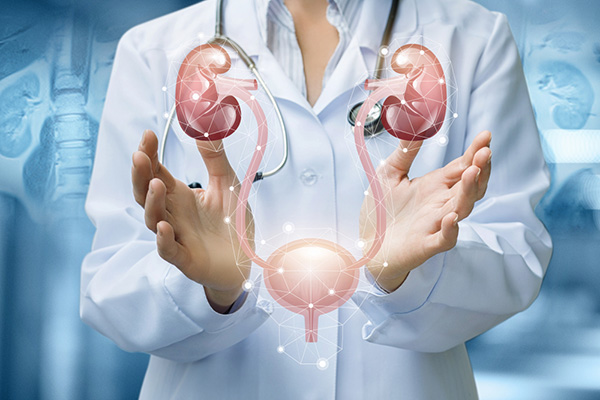
An overactive bladder (OAB) is a common urological condition that can significantly impact an individual’s quality of life. This article aims to provide a comprehensive overview of the causes, symptoms, and available treatment options for those grappling with an overactive bladder.
Causes of Overactive Bladder:
Overactive bladder (OAB) can stem from various causes, including muscle dysfunction, neurological disorders, inflammation, and hormonal changes. Seeking guidance from the best urologist in Jaipur is essential for accurate diagnosis and personalized treatment plans to address the root cause of OAB and improve overall bladder health.
- Muscle Dysfunction: Overactivity of the detrusor muscle, responsible for bladder contractions, can lead to an overactive bladder.
- Neurological Disorders: Conditions such as multiple sclerosis or Parkinson’s disease can affect nerve signals that control bladder function.
- Inflammation: Bladder irritation caused by infections or other inflammatory conditions may contribute to OAB.
- Hormonal Changes: Fluctuations in hormones, especially in women during menopause, can influence bladder control.
Symptoms of Overactive Bladder:
Experiencing symptoms of an overactive bladder, including sudden urinary urgency, frequent trips to the bathroom, nocturia, and urge incontinence, can significantly impact daily life. Seeking guidance from the best urology doctor in Jaipur is essential for accurate diagnosis and personalized treatment, ensuring effective management of overactive bladder symptoms.
- Urinary Urgency: A sudden, compelling need to urinate that is difficult to control.
- Frequent Urination: Needing to urinate more than eight times in a 24-hour period.
- Nocturia: Waking up at night to urinate, disrupting sleep patterns.
- Urge Incontinence: Involuntary loss of urine following a sudden urge to urinate.
Treatment Options:
- Behavioral Therapies: Techniques such as bladder training, fluid management, and pelvic floor exercises can help manage symptoms.
- Medications: Anticholinergic or beta-3 agonist medications can help relax the bladder muscle and reduce symptoms.
- Lifestyle Modifications: Avoiding bladder irritants such as caffeine and alcohol, maintaining a healthy weight, and staying physically active can contribute to symptom improvement.
- Botox Injections: In some cases, injecting Botox into the bladder muscle can help reduce overactivity.
- Neuromodulation: Electrical stimulation of nerves controlling bladder function can be achieved through techniques like sacral nerve stimulation (SNS) or percutaneous tibial nerve stimulation (PTNS).
- Surgery: In severe cases, surgical interventions like bladder augmentation or urinary diversion may be considered.
Conclusion:
Living with an overactive bladder can be challenging, but understanding the causes, recognizing symptoms, and exploring the diverse treatment options available can empower individuals to manage and improve their bladder health. It is crucial for those experiencing OAB symptoms to consult with a healthcare professional to determine the most suitable and effective treatment plan tailored to their unique needs.






